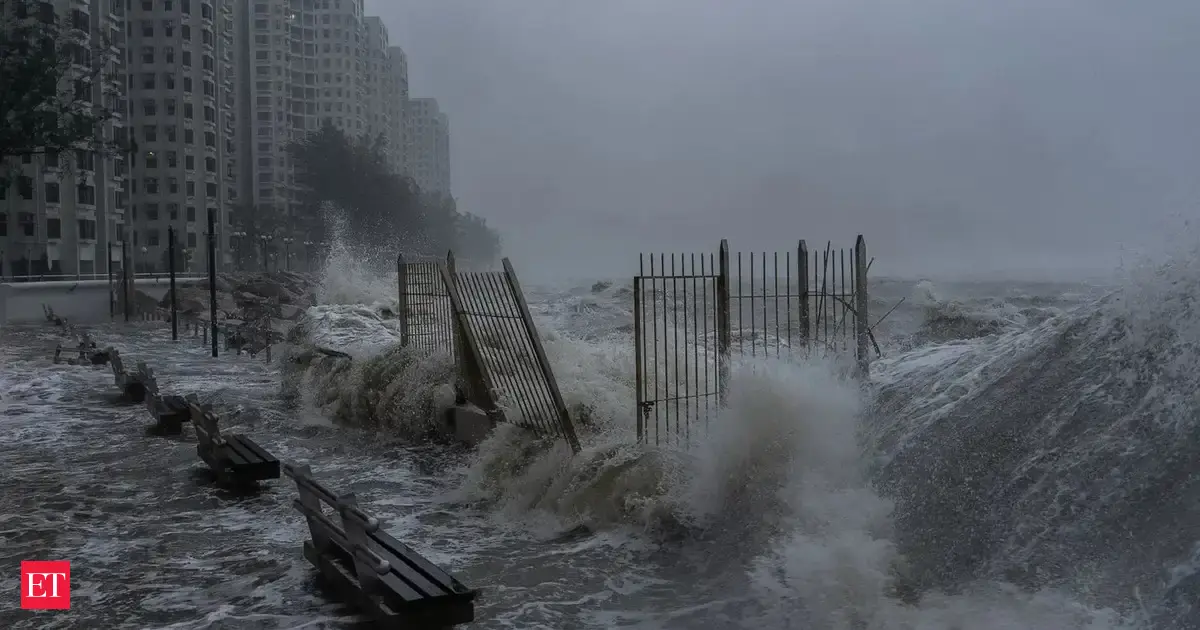By Clint Chan Tack
Copyright newsday

TWO senior economists have said this year’s Standard and Poor’s (S&P) assessment provides an opportunity for government to take an honest look at the state of TT’s finances and set the stage for meaningful economic growth.
In its report, S&P said TT’s fiscal and external buffers have eroded over many years, reflecting the limited effectiveness of long-standing efforts to boost GDP growth and strengthen fiscal management.
As a result, S&P revised its credit outlook on TT from stable to negative.
S&P said the negative outlook reflects the possibility of a downgrade “absent meaningful and timely steps to strengthen the sustainability of public finances, ensure balanced economic growth and maintain the country’s strong external profile.
The firm said its outlook could be revised to stable within six-24 months if it believes government policies and lead to more favourable long term GDP growth prospects and sustain TT’s external profile.
S&P noted government’s decision to cancel projects which would have allowed TT access to Venezuelan natural gas reserves, cancel the proposed TT Revenue Authority (TTRA) and property tax.
S&P said government may find it difficult to strengthen public finances “if low economic growth continues to limit government revenues and erode fiscal buffers.
UWI economist Dr Marlene Attzs said, “In layman’s terms, the negative outlook means our national credit score is under review.”
She added S&P is signalling ” that if things don’t change in terms of addressing some of the persistent and structural economic challenges – including the declining foreign reserves – there may be a downgrade.”
Attzs warned a downgrade could see TT being viewed as a riskier borrower. She said this will force TT to pay higher interest rates on international loans which are payable in US dollars.
“This increased debt servicing cost is paid by the taxpayer and directly reduces the funds available for essential public services like healthcare, education, and infrastructure.”
She believed the S&P assessment should help set the stage for Finance Minister Davendranath Tancoo’s maiden budget presentation next month. The budget, Attzs continued, will be an opportunity not just to look at revenues and expenditures, but to set out a bold roadmap.
Attzs said such a map should outline plans to rebuild financial buffers, address long elusive economic diversification and put TT back on a path of sustainable growth.
She added international ratings agencies like S&P and international financial institutions will reward clarity and courage.
UWI economist Dr Vaalmiki Arjoon said it is important to indicate that TT was not downgraded ant S&P’s BBB- rating keeps TT within the investment grade bracket.
“This is crucial, as the government at some point will likely have to borrow externally to meet budget obligations.”
Arjoon said, “What changed is the outlook, from stable to negative.”
In the last decade, he continued, TT has been downgraded three times by two agencies- S&P from A to BBB-, and Moody’s from Baa2 to Ba2, Arjoon said Moody’s downgrade has placed TT inspeculative grade since 2017.
Given factors such as subdued energy production, persistent gaps in tax compliance and little to no gains in non-energy diversification, Arjoon said a deficit in the in 2025/2026 budget is unavoidable.
But he added, ” A deficit can be a strategic bridge, if it is deliberately structured to expand productive capacity, which will generate revenues to close the fiscal gap in the coming years, and reverse the outlook at least from negative to stable.”
Arjoon said more priority can be placed on front-loading high-multiplier capital spending in infrastructure, logistics, and technology that lower business costs, unlock private investment, to raise non-energy exports.
“In parallel, tighter expenditure oversight to cut systemic waste and leakages, alongside a focused upgrade of tax administration at the BIR to widen the base and improve compliance, will help rebuild buffers.”
Arjoon said, “Designed this way, today’s deficit can reverse the rating’s outlook, at least from negative to stable or positive, and set the conditions to close the fiscal gap in the coming years.”



